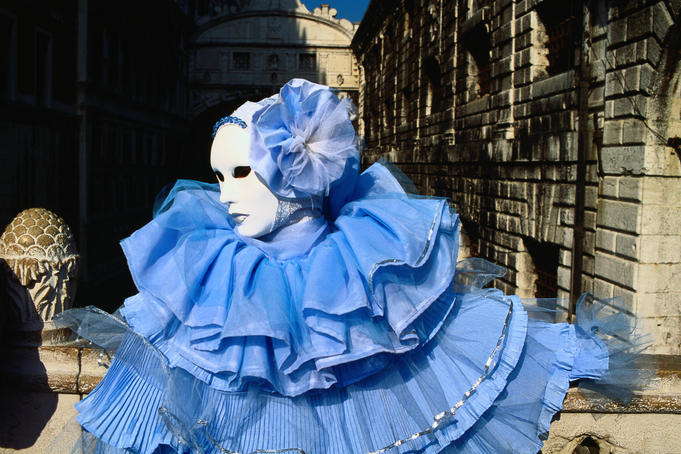
Winter comes in many guises in Europe, in the polar north there’s serious snow and sunless weeks, while you’ll find lingering sunshine in the mild Mediterranean, and cosy cafe culture and Christmas spirit in the centre. It’s an inspiring time to visit grand metropolises and charming villages: with fewer queues you can fit more into your itinerary, and low off-season accommodation prices make travel wallet-friendly. Via Europe’s train network you can explore countries at your leisure, meeting locals going about their daily business away from the often-frenetic summer tourist season.
1. Rovaniemi, Finland
Fistfuls of Christmas clichés characterise Rovaniemi, the ‘official’ terrestrial residence of Santa Claus. Everyone’s favourite bearded man hangs out in an atmospheric Arctic Circle grotto, and it’s free to visit him (but photos are another story). Snow and reindeer add festive spirit, while the Arktikum museum gives insights into life at these latitudes.
2. Christmas markets, Germany & Austria
December sees these romantic historic markets pop up all over Germany and other Central European nations. Expect cute stalls selling everything from gingerbread to sleigh bells and plenty of good cheer, toasted with a glass of warming glühwein.

Decorations, European Christmas Market. Image by Richard Nebesky/Getty Images.
3. Abisko, Sweden
Almost as far north as you can get in Europe on a train, Abisko in Lapland is for lovers of serious winter. The sun doesn’t rise for several weeks in December and January but that darkness makes it one of the world’s best places to view the majestic aurora borealis. Other attractions include cross-country skiing along national park trails and husky mushing.
4. Athens, Greece
It’s a real downer trying to Photoshop 500 people out of your would-be-prizewinning Parthenon photo, but in winter it’s not an issue. All summer stresses – crowding, tourist pricing, intense heat, queues, air pollution – more or less disappear. It’s the best time to explore the country’s ancient heritage and get to experience local culture.

Acropolis, Athens. Image by John Elk III/Getty Images.
5. Copenhagen, Denmark
For fairytale European winter, it’s hard to beat the home of Hans Christian Andersen. Forget the over-hyped Little Mermaid and head to the city’s cosy bars and cafes to watch snow flurrying outside. In the heart of town, the 19th-century Tivoli amusement park is a romantic, kitsch delight around Christmastime, with heartwarming illuminations and body-warming mugs of glögg.
6. Budapest, Hungary
Couples skating hand-in-hand, breath cloudy in the frosty air – there’s nowhere better for it than the Hungarian capital’s picturesque central park Városligeti Műjégpálya, with its enormous outdoor rink. Feeling chilly afterwards? Budapest is famous for its ornate thermal baths.
7. Jasná, Slovakia
Slovakia offers high-quality skiing at affordable prices. Accommodation and food are reasonable too, and there’s a friendliness that’s missing from some of the snootier Alpine slopes. Jasná is the best Slovakian resort, with long descents flanked by snow-laden spruce trees, set in the ruggedly lovely Tatras Mountains.
8. Andalucía, Spain
Parts of Andalucía are further south than the African coast so expect mild temperatures in winter. Accommodation is cheap, and crowds are smaller at standout attractions like Granada’s Alhambra or Seville’s cathedral. Plus tapas and nightlife in the cities are as enticing as ever.

Seville street, Andalucía, Spain. Image by Oliver Strewe/Getty Images.
9. Transylvania, Romania
You can’t visit Dracula’s lair on a sunny day with lambs bleating in the fields, right? Try steel-grey skies, bare trees and a smattering of snow. Braşov and Sighişoara, two hours apart by rail, are gorgeous medieval towns with various connections to Vlad Ţepeş, the historical Dracula, though it’s doubtful that he ever set foot in his so-called castle.
10. Venice, Italy
Hauntingly beautiful and rather weird, Venice’s Carnevale in February is a European highlight. Elaborate costumes and spooky masks bring the canal city’s colourful history to life. Costumed dances are pricey affairs, but you can have a ball enjoying the free events with a mask bought on the street, but be prepared for epic crowding.

No comments:
Post a Comment